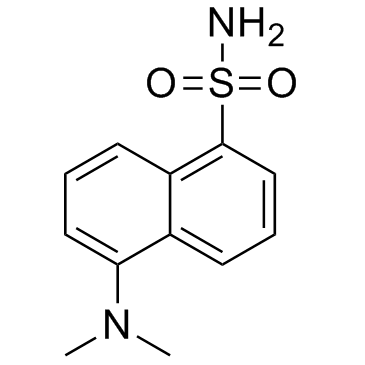| 结构式 | 名称/CAS号 | 全部文献 |
|---|---|---|
 |
甲醇
CAS:67-56-1 |
|
 |
丹酰胺
CAS:1431-39-6 |
|
 |
异硫氰酸罗丹明B
CAS:36877-69-7 |
|
 |
7-氨基-4-甲基香豆素
CAS:26093-31-2 |